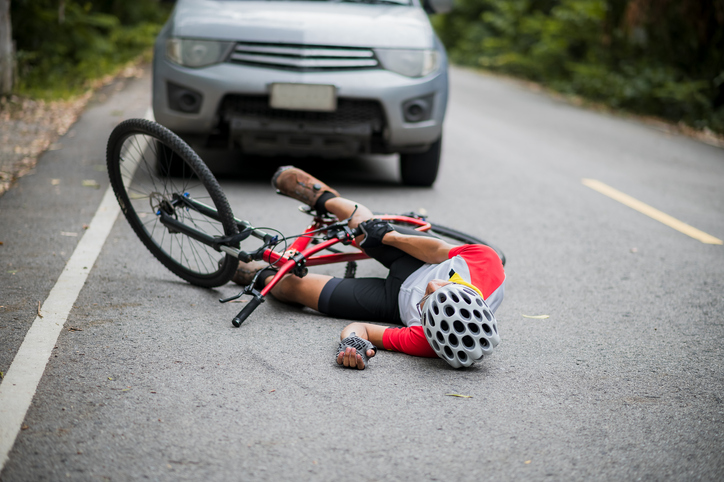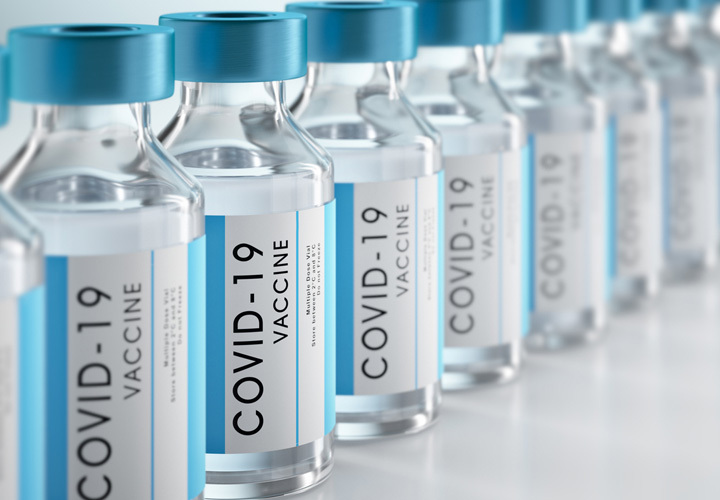
Cycling is one of the most sustainable and enjoyable ways to get around. It’s good for your health, great for the environment, and—let’s be honest—beats sitting in rush-hour traffic. But despite the benefits, bicyclists remain among the most vulnerable road users. According to the National Highway Traffic Safety Administration (NHTSA), over 1,000 cyclists die and more than 130,000 are injured in crashes every year in the United States.
Let’s cut through the wishful thinking: helmets and reflectors aren’t magic. Safety requires awareness, assertiveness, and sometimes, accountability.
1. The Reality of the Danger
Unlike drivers protected by steel frames, airbags, and crumple zones, bicyclists have almost no buffer between themselves and the pavement. The Centers for Disease Control and Prevention (CDC) identifies head injuries as the leading cause of cycling-related deaths.
The majority of fatal accidents occur in urban areas, often during daylight hours when both cyclists and drivers assume conditions are safest. Visibility, distracted driving, and infrastructure all contribute to these statistics. In many cities, outdated road designs fail to protect cyclists or predict driver behavior.
2. What Most Riders Overlook
Even experienced riders underestimate common hazards:
-
High-risk intersections: Roughly one-third of serious bicycle collisions occur at intersections where confusion reigns between turning cars and crossing bikes.
-
“Right hook” turns: Drivers often underestimate a cyclist’s speed, cutting across their path to make a turn.
-
Bike lane blind spots: A painted lane doesn’t guarantee safety—especially when it abruptly ends, passes through door zones, or becomes a parking strip.
In short, “safe zones” aren’t always safe. The League of American Bicyclists recommends assuming that drivers don’t see you—and riding accordingly.
3. How to Minimize Your Risk
Wear certified protective gear: The CDC estimates that helmets reduce head injury risk by 60%. Look for those meeting CPSC safety standards.
Be visible: Equip your bike with front white lights, rear red lights, and reflective strips—especially if you ride at dusk or dawn.
Ride predictably: Follow the same rules as cars—signal, stop at red lights, and avoid weaving between lanes. A Harvard Health study found that erratic movement is a top factor in multi-vehicle bicycle collisions.
Stay aware: Look for opening car doors, pedestrians, and turning vehicles. When possible, make eye contact with drivers before crossing in front of them.
Mind the conditions: Wet roads, poor lighting, and fatigue all affect reaction time. If conditions are unsafe, reduce speed or reroute.
4. What to Do If a Crash Occurs
If an accident happens, your response in the first few minutes can shape your recovery—physically and legally.
-
Seek medical attention immediately, even for minor injuries. Internal trauma and concussions can go unnoticed.
-
Document everything: photos of your bike, vehicle damage, skid marks, and road signage.
-
Exchange information with the driver and any witnesses.
-
File a police report — the Insurance Information Institute (III) emphasizes that official documentation is essential for insurance and legal claims.
-
Do not admit fault, even casually. Statements made at the scene can later be used against you.
-
Keep all records of hospital visits, bills, and correspondence with insurers.
5. Why Legal Advice Matters
Even with perfect documentation, bicycle accident claims can get complicated. Insurance companies may argue contributory negligence, or shift blame to the cyclist. Navigating these disputes without help can be exhausting.
A 2024 review by Forbes Advisor found that accident victims who consult an attorney often receive significantly higher settlements than those who handle claims themselves.
If you were injured in a cycling crash caused by someone else’s negligence—be it a distracted driver or poorly maintained road—seeking professional advice can protect your rights and future. For riders in the the Bay area of California, connecting with experienced attorney for bike injuries in San Francisco can help ensure fair representation and recovery.
Final Thoughts
Cycling shouldn’t be a gamble. But in today’s traffic environment, it’s naïve to assume safety is guaranteed. Learn the risks, ride defensively, and know where to turn if an accident upends your life. Awareness on the road is your best defense—and knowing your legal options is your best backup plan.
RELATED ARTICLES
Recent Posts
- Staying Safe on Two Wheels: What You Really Need to Know
- Why Bike Lanes Aren’t Enough: The Dangers Cyclists Still Face on U.S. Roads
- The Hidden Hazards of Rural Roads: Why Small-Town Drivers Face Higher Crash Risks
- The Hidden Dangers of Trucking Accidents: How Safety Awareness and Legal Guidance Protect Denver Drivers
- The Hidden Safety Challenges Families Face During Custody Relocation


